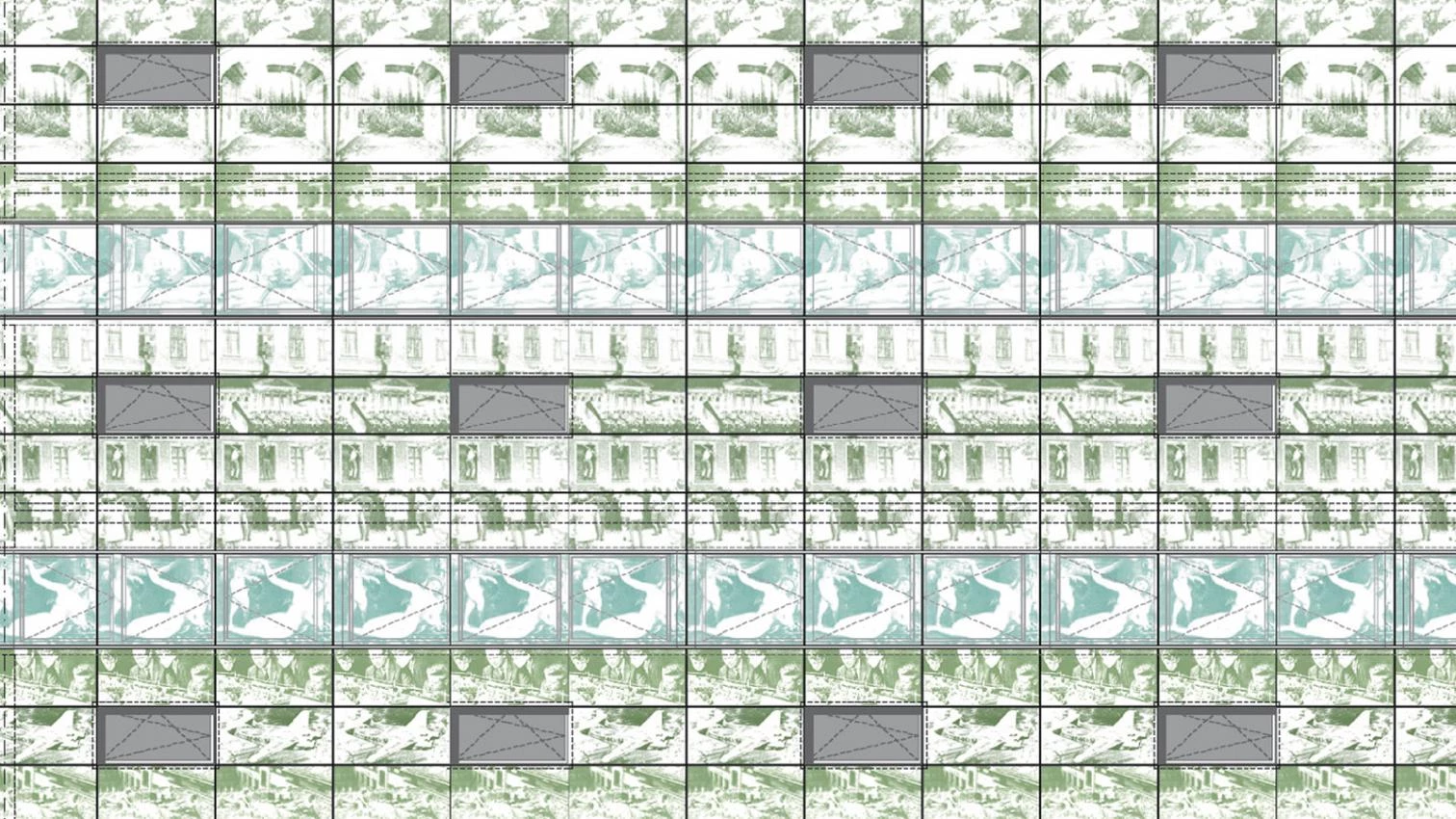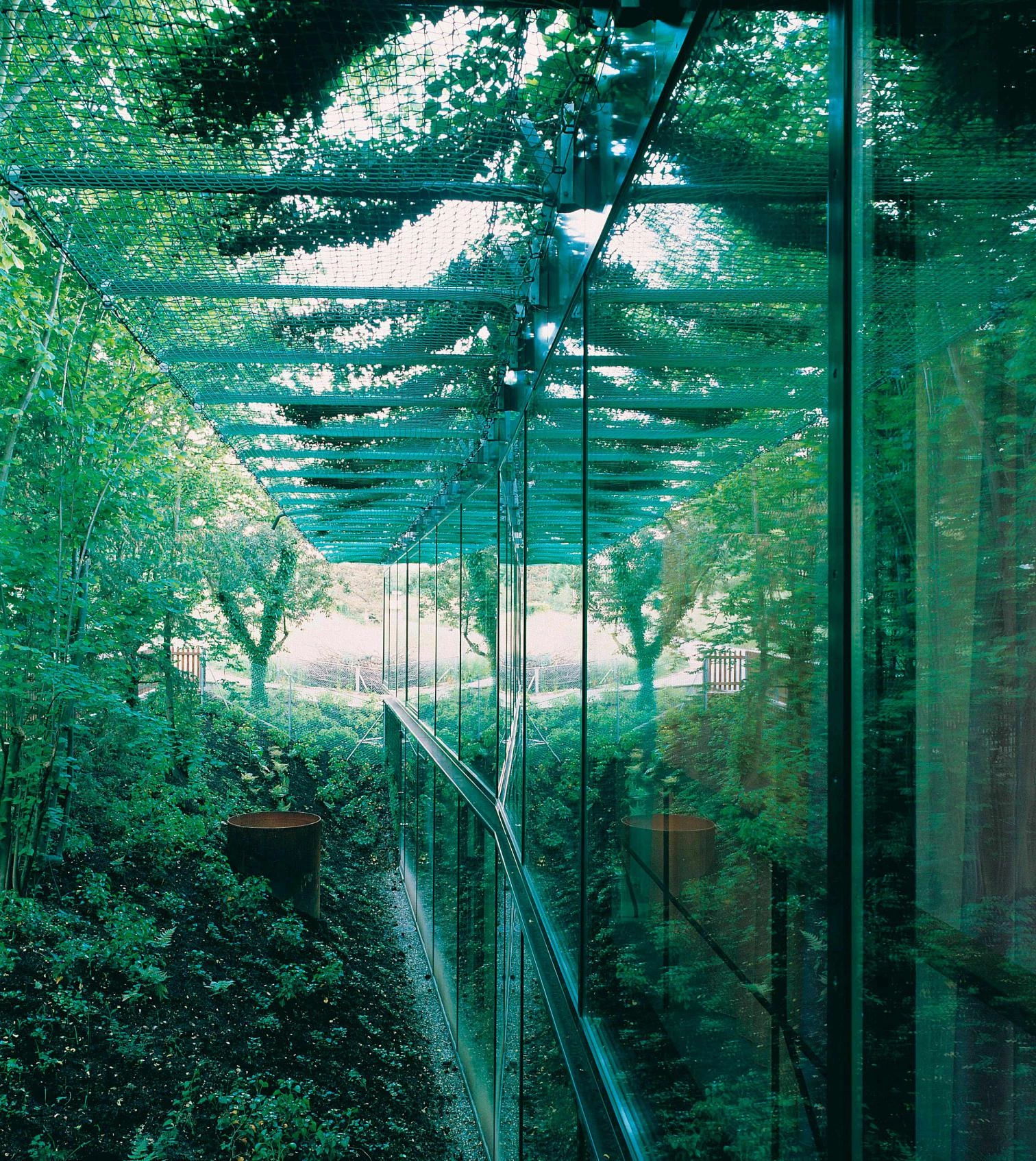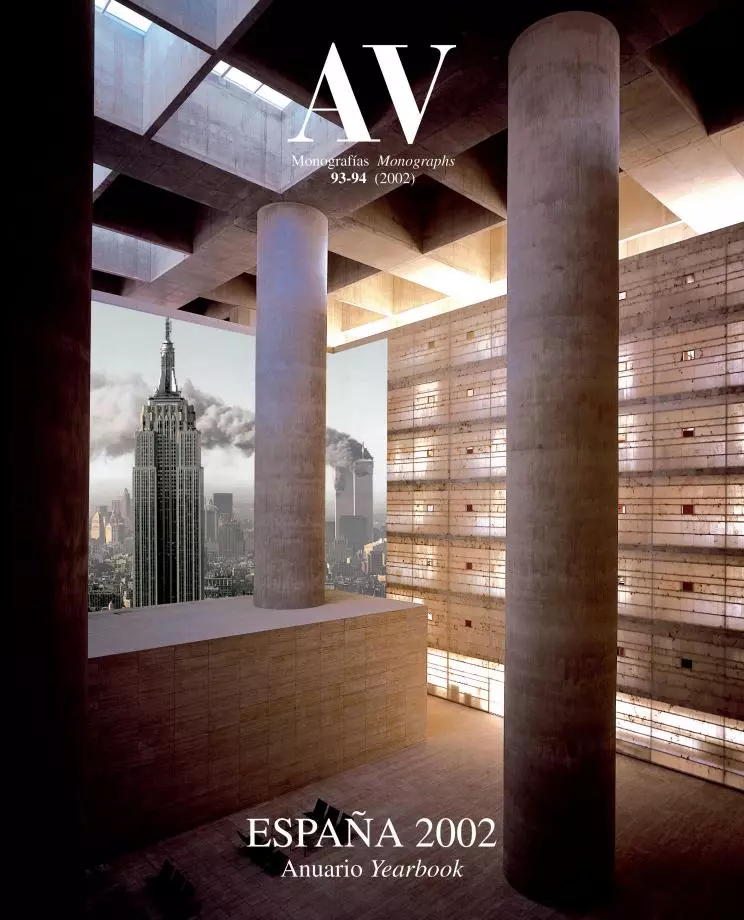Founding Fathers
The 2001 Pritzker Prize, which will be presented in Monticello, Jefferson’s neoclassical mansion, has been awarded to the Swiss Herzog & de Meuron.

Jacques Herzog and Pierre de Meuron are to receive their Pritzker in Monticello, a happy coincidence befitting their status as founding fathers of the architecture of the new century. Jefferson’s Virginia mansion, a landmark of neoclassical architecture and sanctuary of American history, is a perfect venue in which to honor the Swiss partners, who have amalgamated art with nature and everyday life, and whose geometric and tactile oeuvre is perhaps the most influential of the moment. Only their predecessor in the list of awardees, the Dutch Rem Koolhaas, can compete with the Basel architects in the ambition to explore new territories, and choosing these opposed and complementary figures as hinges of the turn of the century is a wise decision of the jury that ennobles the prize with critical refinement and historic intuition. Architecture of late has been nourished by the polemic dialogue between the Dutch and the Swiss, and the quality and distinction of the spearheads of both schools stresses both the vigor of European creation and the rigor of the American award, which now holds its tenth edition without succumbing to the temptation of keeping the trophy at home: after Robert Venturi in 1991, the Pritzker has gone to two Japanese and eight Europeans, faithfully indicating where the gravitational field of contemporary debate is to be found.Apart from that, the electric arc of differences between Rotterdam and Basel has of late become a fertile bridge, with Koolhaas and Herzog & de Meuron coming together in numerous professional adventures, from the joint Schrager commission to the work for Prada, each of which combines the subversive intelligence of the Dutch architect with the refined sensibility of the Swiss duo to mark the territory of the architecture to come.

In this exacting path, the Basel architects have a dazzling twenty-year biography behind them, lit in its beginnings by Rossi and Beuys, and sprinkled with works so exact in their exquisite materiality as the railway signal box in their hometown, the Goetz Gallery in Munich, or the Dominus winery in California’s Napa Valley: a box bandaged with copper bands, a coffer of birch wood and translucent glass, and a horizontal prism of basalt gabions that reconciles the precision of discipline with the violence of passion. A career that has culminated in the past two years with buildings of such tactile appeal as the library of Eberswalde or the hospital pharma-cy in Basel, as well as remodelings of existing constructions as efficient as the Küppersmühle Museum in Duisburg or the Tate Gallery in London; and which has come to a singular moment of inflection with the Ricola offices in Laufen, a work of communion with nature that inaugurates the latest phase of emotional shapes which includes their Spanish projects at Tenerife and Barcelona. When they pick up their medals in Monticello, the Swiss will be paying tribute to a president-architect abhorred by American conservatives, who reproach this founding father of the nation for the children he had with his slave Sally, for sympathizing with the French Revolution, and for his agrarian Utopia, at odds with the industrialism of his rival Hamilton. Yet it was Hamilton who recommended Jefferson for the presidency, and Jefferson who placed a bust of Hamilton in front of his own portrait at Monticello so that the two of them would be “opposed in death as in life”, providing an example of the same vig-orous dialogue, inseparable from foundational moments, that Herzog & de Meuron have known how to establish with their Pritzker predecessor. There are some who think that the United States is today Jeffersonian in theory and Hamiltonian in practice, and it may be that the emerging architecture of our times inhabits also that ambiguous place where the artistic Utopia of the Swiss intersects with the pragmatic model of the Dutch. But in Virginia, for a few hours, only the voice of Basel will be heard.





